Video observations of meteors
To study meteors fainter than fireballs, we use video cameras coupled with image intensifiers. Depending on the lens used, these cameras are capable of capturing meteors up to +7th magnitude, therefore even fainter than the human eye is able to see. In addition to the higher sensitivity, another advantage of video observations over photographic experiments is the capture of the temporal evolution of the meteor. On the other hand, the disadvantage is the limited field of view and lower resolution leading to lower accuracy of the acquired data.
The first observations using a TV camera started in Ondrejov in 1990. At that time the HT 11-22/SIT night vision camera was used. In addition to observations in direct light, a system equipped with a spectral grating was operated to record meteor spectra.
Regular two-station video meteor observations from Ondřejov and Kunžak were started in 1998. Commercial Panasonic S-VHS cameras coupled with second-generation Dedal-41 intensifiers were used. Together with the Arsat 1.4/50 mm lens, they provided a circular field of view with a diameter of 25 degrees and captured meteors up to approximately +4th magnitude. The temporal resolution was 25 frames per second. The recordings were stored on videotapes.
Around 2005, the system underwent modernization. The Dedal intensifier was replaced with the Mullard XX-1332 model, which offered a wider field of view (45 degrees) and greater resolution and sensitivity (meteors down to +5th magnitude). The signal was recorded directly into a computer via a A/D card.
All previous experiments required human operation during observations. Since 2012, the automatic MAIA system has been in operation. It is based on the reliable XX-1332 image intansifier and the JAI CM-040 digital camera, which provides a temporal resolution of 61 frames per second. The field of view and sensitivity are comparable to the previous system.
Data are stored in a specific .mvf format on the computer disk. After the observation, records are automatically reviewed, short sequences with detected meteors are saved, and the remaining data are deleted.
The manually operated experiment underwent further modernization in 2017. The XX-1332 image intensifier was retained from the existing equipment, while the camera was replaced with the digital DMK 23G445 model. The spatial resolution of the camera is 1280 x 960 px, allowing video recording at up to 30 frames per second. A flexible reduction system provides the option to use lenses with different focal lengths. For example, with a Canon 2.0/135 mm lens, meteors down to +7th magnitude can be captured, with a field of view of approximately 20 degrees. As with the previous version of the equipment, a variant for recording meteor spectra also exists.
From the very beginning of the video experiment, the instruments have been used primarily for meteor showers observations and observations of sporadic meteors with unusual properties (e.g., iron meteors). Expedition cameras have been repeatedly employed during meteor showers and outbursts, such as the Leonids and Draconids.
Based on a two-station experiment, we can determine the atmospheric and heliocentric trajectory of a meteor, or meteoroid, its photometric mass, measure its deceleration in the atmosphere, and assess other properties. The data are also used to model meteoroid properties. The observed deceleration of the meteoroid and the meteor’s light curve, or even its appearance, allow us to study the structure and density of the meteoroid, as well as its fragmentation in the atmosphere. As video cameras are typically located within fireball networks, they can also provide complementary data on observed fireballs, such as recording their initial phases.
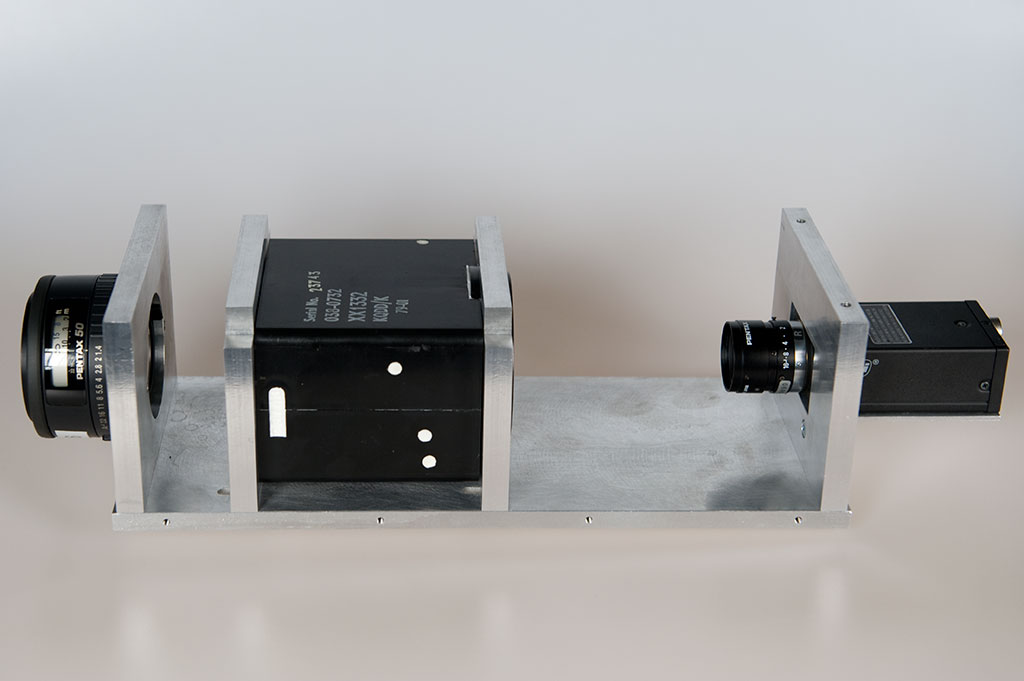
Figure 1. Components of the MAIA system. From the left: Pentax 1.4/50 mm lens, XX-1332 image intensifier, JAI CM-040 camera with a Pentax 1.4/12 mm lens.
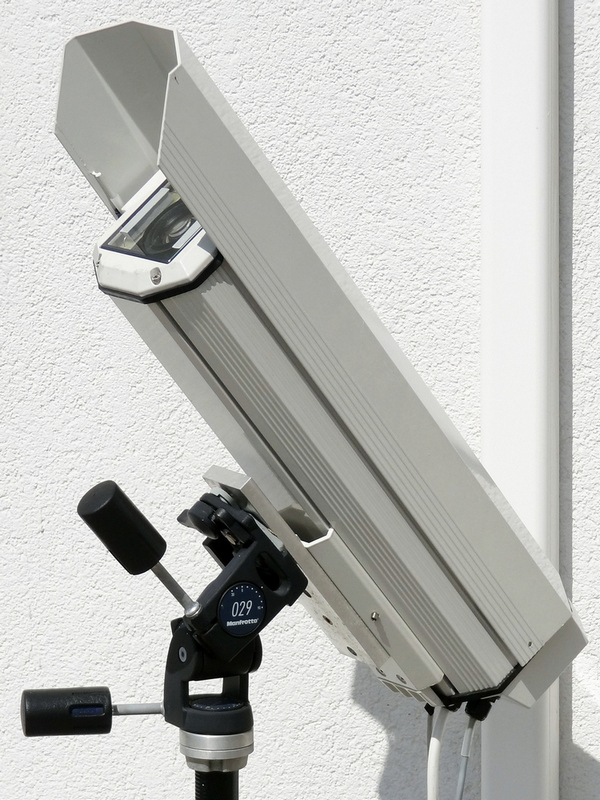
Figure 2. Automatic MAIA video camera in Ondřejov.
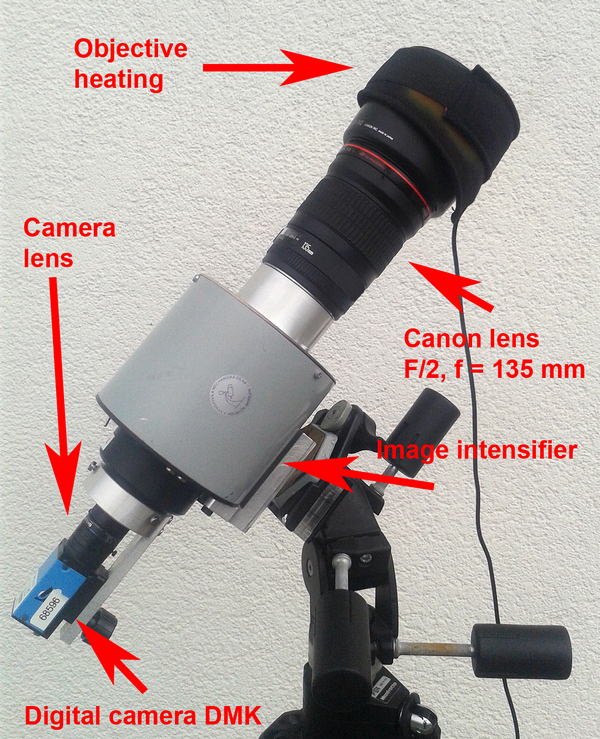
Figure 3. Manually operated DMK camera in Ondřejov with component description.
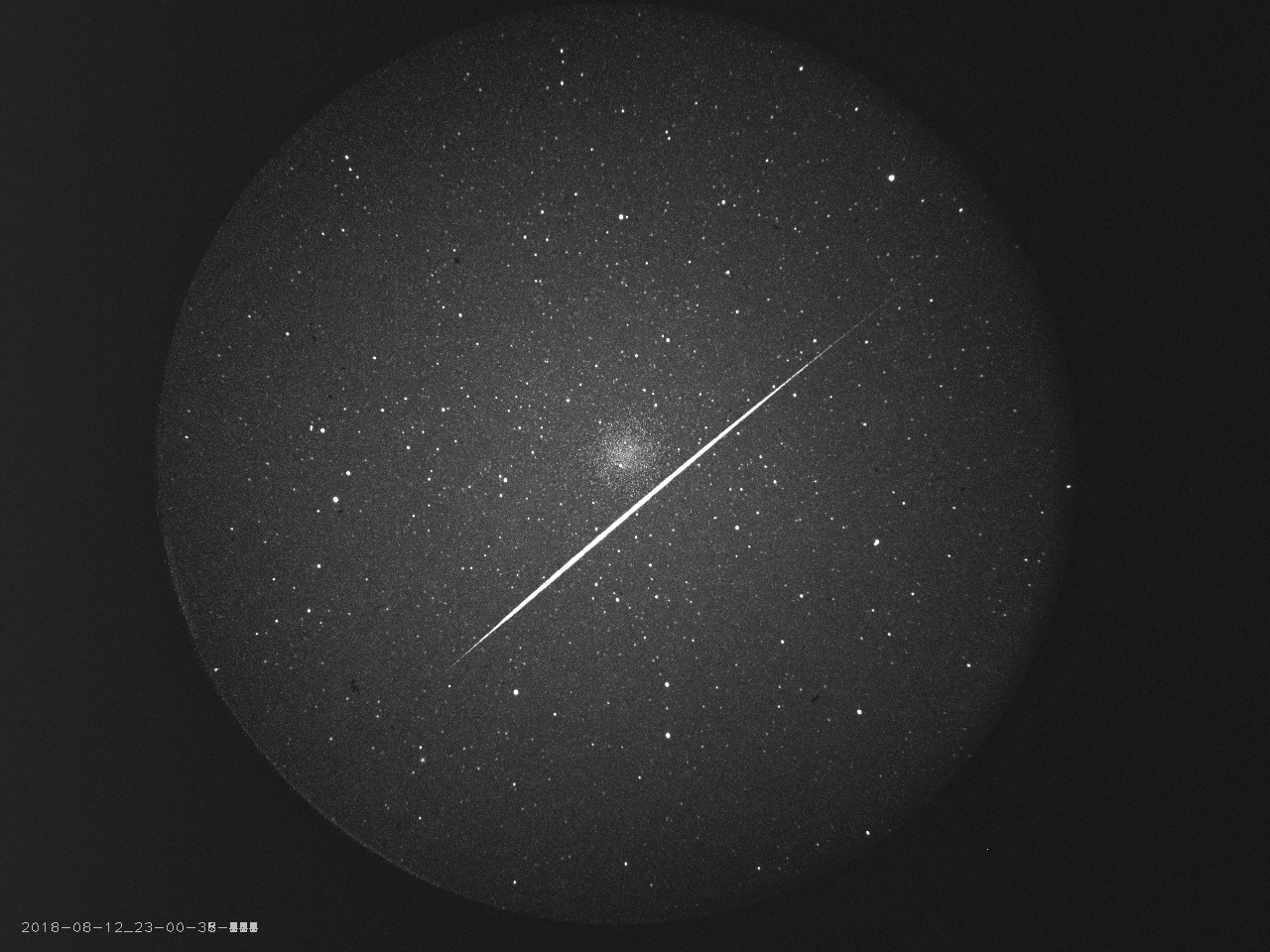
Figure 4. A bright Perseid captured by the DMK camera in Kunžak on August 12, 2018.
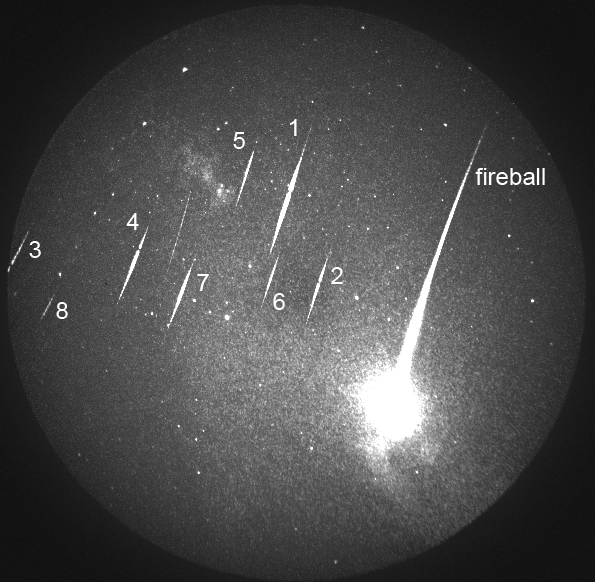
Figure 5. Cluster of September epsilon Perseid meteors recorded by the MAIA camera in Kunžak on September 9, 2016. The unmarked trail is not a meteor but a reflection of the fireball on the camera’s cover glass.